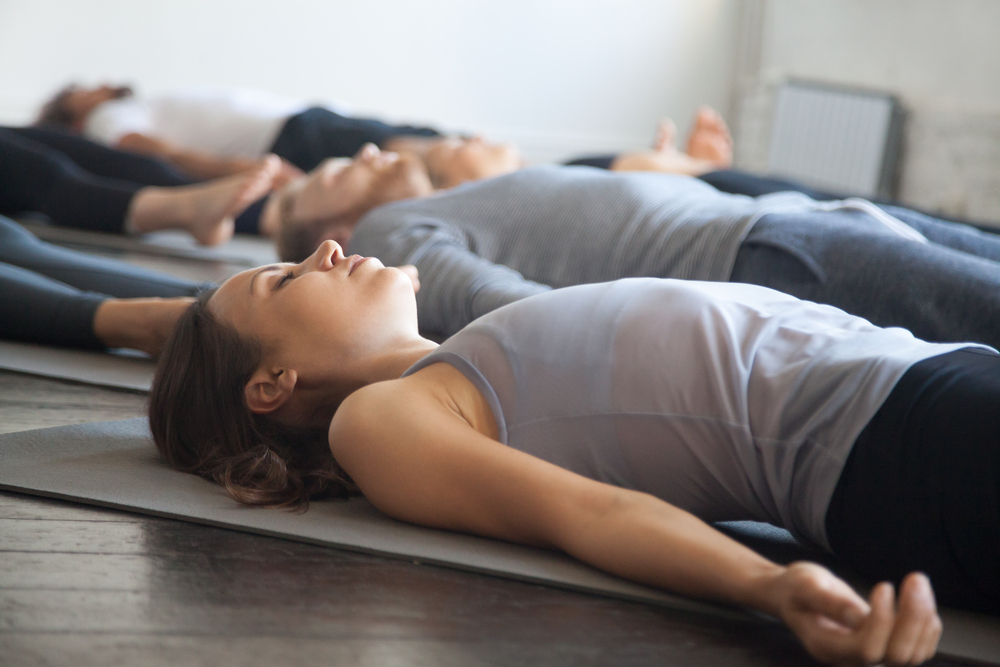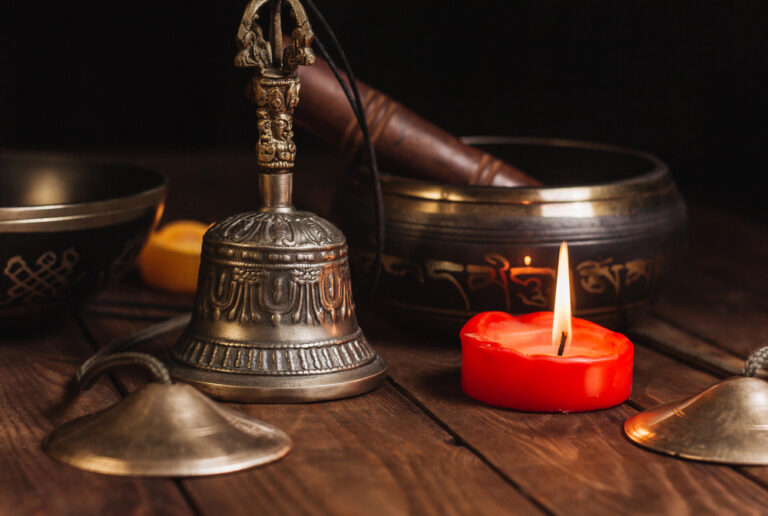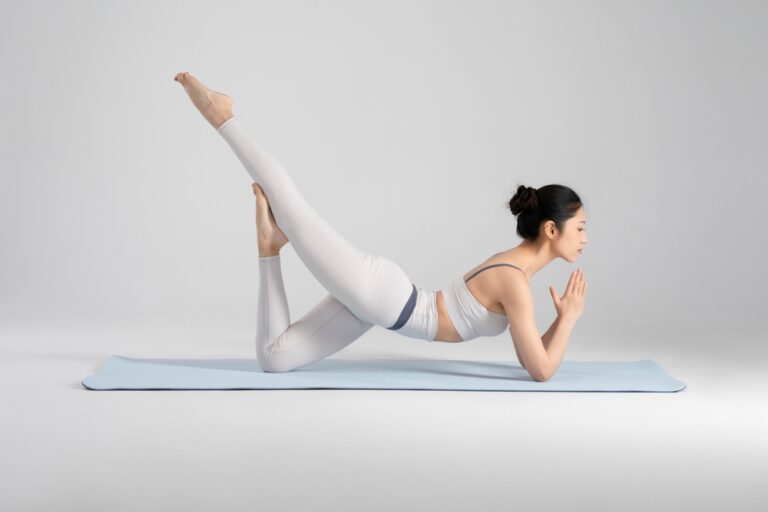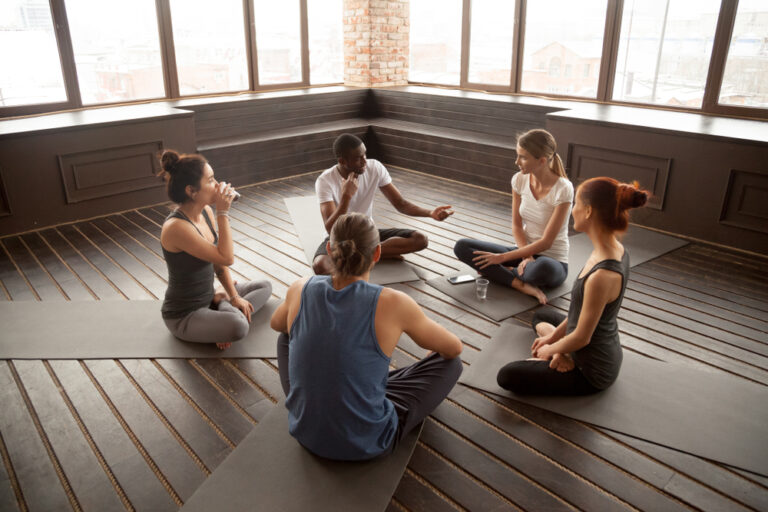Muscle Relaxation Meditation: A Comprehensive Guide
Welcome to a journey of tranquillity that will introduce you to the powerful practice of muscle relaxation meditation. Through our comprehensive guide, you can immerse yourself fully in the art and science behind this transformative practice, unlocking peace and well-being like never before. Muscle relaxation meditation is a calm oasis in a world filled to the brim with pulsating stress.
Your aching shoulders, strained eyes, and tight jaw echo the same plea – a respite. A pause. A moment of calm. By harnessing the power of meditation and understanding the bio-mechanics of relaxation, you can direct your body towards a serene state of being. If chronic stress and tension have become your uninvited companions, it’s time to bid them farewell.
Whether you’re entirely new to meditation or a seasoned practitioner looking to deepen your practice, this guide is for you. So, let’s embark on this journey of self-discovery and self-healing. Unroll your mat, find your comfortable spot, and dive deep into muscle relaxation meditation.
The Science Behind Muscle Relaxation Meditation
The premise of muscle relaxation meditation is rooted in progressive muscle relaxation (PMR), developed by American physician Edmund Jacobson in the 1930s. Jacobson’s technique involves tensing and releasing different muscle groups to promote deep relaxation. The theory is that by focusing on the sensation of physical relaxation, the mind will follow suit, resulting in a holistic sense of peace and well-being.
This practice is further bolstered by neuroscientific research. Our brains are wired to respond to stress in a ‘fight or flight’ manner. This response, while applicable in the face of immediate danger, can become chronic in the modern world, leading to a constant state of tension in our muscles. By consciously relaxing our muscles through meditation, we can signal to our brain that switching off the stress response is safe, leading to reductions in both physical and mental stress.
Moreover, studies have shown that regular practice of muscle relaxation meditation can lead to measurable changes in brain structure. One study published in Psychiatry Research found that participants who practised meditation for 30 minutes a day over eight weeks showed an increase in grey matter in the hippocampus, an area of the brain associated with memory and learning, and a decrease in the amygdala, which is linked to stress and anxiety. This suggests that muscle relaxation meditation isn’t just a temporary solution but can lead to long-lasting brain changes.

Benefits of Muscle Relaxation Meditation
The benefits of muscle relaxation meditation are manifold. Firstly, it promotes a deep sense of physical relaxation. By progressively relaxing each muscle group, you can release the tension accumulated throughout the day, leading to profound physical tranquillity. This can have knock-on effects on your overall health, reducing the risk of stress-related conditions such as hypertension, heart disease, and digestive disorders.
In addition to physical benefits, muscle relaxation meditation can profoundly affect your mental health. As we’ve discussed, regular practice can lead to changes in brain structure that promote resilience against stress and anxiety. But it doesn’t stop there. Research has also shown that muscle relaxation meditation can improve sleep quality, enhance concentration, boost mood, and even improve symptoms of depression.
But perhaps one of the most significant benefits of this practice is its accessibility. Muscle relaxation meditation is straightforward, unlike some forms of meditation that require extensive instruction or particular belief systems. Anyone can practice it regardless of age, fitness level, or spiritual beliefs. By focusing on the sensation of tension and release in each muscle group, you can tap into a profound sense of calm and relaxation that’s always available to you, no matter where you are.
Steps to Practice Muscle Relaxation Meditation
To practice muscle relaxation meditation, you’ll need a quiet space where you won’t be interrupted. Start by locating a comfortable position, whether sitting in a chair or lying down. Please close your eyes and take a few moments to tune into your breath, allowing it to become slow and steady.
Next, begin with your feet. Tense the muscles in your feet as tightly as possible, holding this tension for a few moments and slowly releasing it. Take a moment to notice the sensation of relaxation that follows. Repeat this process with each muscle group in your body, working your way up from your feet to your calves, thighs, buttocks, abdomen, chest, hands, arms, shoulders, neck, and finally your face.
As you move through each muscle group, focus solely on the sensation of tension and release. If your mind starts to wander, bring it back to the sensation in the current muscle group. Once you’ve gone through all the muscle groups, take a few moments to enjoy the sensation of total relaxation before slowly bringing your awareness back to the room and opening your eyes.
Common Mistakes in Muscle Relaxation Meditation
While muscle relaxation meditation is a simple practice, there are a few common mistakes that beginners often make. One of these is rushing through the process. Muscle relaxation meditation is not about speed but about moving through each muscle group with intention and focus. Each muscle group should be tensed and then relaxed in its turn, with no skipping or rushing.
Another common mistake is tensing the muscles too hard. The goal is not to strain yourself but to create a noticeable contrast between tension and relaxation. If you’re tensing your muscles to the point of discomfort, you’re missing the point of the exercise and risking injury. Remember, the goal is relaxation, not strain.
Finally, many beginners get frustrated if their mind wanders during the practice. This is entirely normal, especially for those new to meditation. Instead of getting frustrated, notice when your mind has wandered and gently bring it back to the sensation in the current muscle group. With practice, your ability to maintain focus will improve.
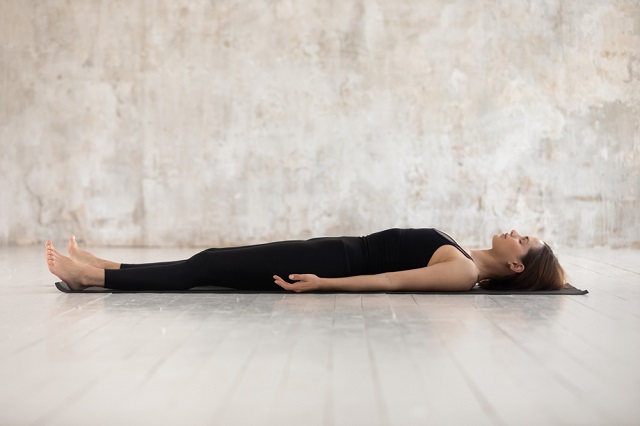
Tips to Enhance Your Muscle Relaxation Meditation Experience
Here are a few tips that can help you deepen your muscle relaxation meditation practice.
Consistency in Practice
Consistency is key. Like any form of meditation, the benefits of muscle relaxation meditation come from regular practice. Try to set aside a specific time each day for your practice, even if it’s just 10 minutes in the morning or evening.
Creating the Perfect Environment
Create a conducive environment for your practice. Locate a peaceful and comfortable area where interruptions are unlikely. You can dim the lights, play soft music, or even light a candle to enhance the sense of relaxation.
Overcoming Distractions with Patience
Don’t be too hard on yourself. It’s normal for your mind to wander during the practice, especially when just starting. Instead of getting frustrated, acknowledge the distraction and gently bring your focus back to your body. With time and practice, you’ll find it easier to maintain focus.
Muscle Relaxation Meditation vs Other Relaxation Techniques
There are many relaxation techniques, from deep breathing exercises to guided imagery to yoga. So, how does muscle relaxation meditation stack up against these? While each method has its benefits, muscle relaxation meditation offers a unique approach to relaxation by focusing on the physical sensation of tension and release.
This focus on physical sensation can make muscle relaxation meditation more accessible for beginners, as it provides a tangible guide for the mind. It can also be particularly beneficial for those who carry a lot of physical tension, as it directly addresses this issue. Moreover, as we’ve discussed, muscle relaxation meditation can lead to measurable changes in brain structure, suggesting that its benefits go beyond temporary relaxation.
However, it’s important to note that different techniques work for others. A combination of techniques might work best for you. As with any wellness practice, the key is to find what works for you and stick with it.
Incorporating Muscle Relaxation Meditation into Your Daily Routine
Incorporating muscle relaxation meditation into your daily routine can be a game-changer for your overall well-being. But how do you make it a part of your day-to-day life? Here are a few suggestions. Firstly, start small. Even a few minutes of muscle relaxation meditation daily can make a difference. You can incrementally extend the duration as you become more at ease with the practice.
Secondly, make it a part of your routine. Whether it’s first thing in the morning, during your lunch break, or right before bed, find a time that works for you and stick to it. Just like brushing your teeth or having your morning coffee, make meditation practice a non-negotiable part of your day.
Finally, be patient with yourself. It’s normal to have days when your practice feels more challenging, or you struggle to find the time. Instead of getting frustrated, do the best you can. Remember, the goal is not perfection but practice.
Advanced Techniques in Muscle Relaxation Meditation
As you get more comfortable with the basic technique of muscle relaxation meditation, you should explore some advanced techniques. One such technique is to incorporate visualization into your practice. As you tense and release each muscle group, imagine a wave of relaxation washing over your body, carrying away tension and stress.
Another advanced technique is to incorporate breathwork into your practice. As you tense each muscle group, inhale deeply and exhale slowly as you release the tension. This can enhance the sensation of relaxation and help you to focus your mind further.
Finally, you should explore using a guided muscle relaxation meditation. Many excellent guided meditations are available online, which can guide you through the process and help you deepen your practice.
Common Challenges of Muscle Relaxation Meditation and How to Overcome Them
Like any practice, muscle relaxation meditation can come with its challenges.
Prioritizing Meditation in a Busy Life
A frequently encountered obstacle involves allocating time for practice. With our busy lives, it can be challenging to carve out a quiet moment for meditation. Try scheduling your meditation time like any other necessary appointment to overcome this. Even dedicating just a few minutes each day can yield noticeable results.
Refining Focus in Meditation
Another common challenge is maintaining focus. It’s normal for your mind to wander during meditation, especially when just starting. But instead of getting frustrated, acknowledge the distraction and gently bring your focus back to your body. With practice, your ability to maintain focus will improve.
Visualization and Post-Bath Techniques
Some people find it difficult to relax their muscles. If this is the case for you, try visualizing your muscles relaxing or imagine a wave of relaxation washing over your body. It is also helpful to practice after a warm bath or shower, as this can help to relax your muscles.
Conclusion
In the frantic pace of modern life, muscle relaxation meditation offers a powerful tool for relaxation and stress relief. You can tap into a profound sense of calm and well-being by simply tensing and releasing each muscle group. Whether you’re a meditation novice or a seasoned practitioner, we hope this guide has given you the tools to deepen your practice and enhance your overall well-being. So, unroll your mat, find your comfortable spot, and dive deep into muscle relaxation meditation. Happy meditating!

